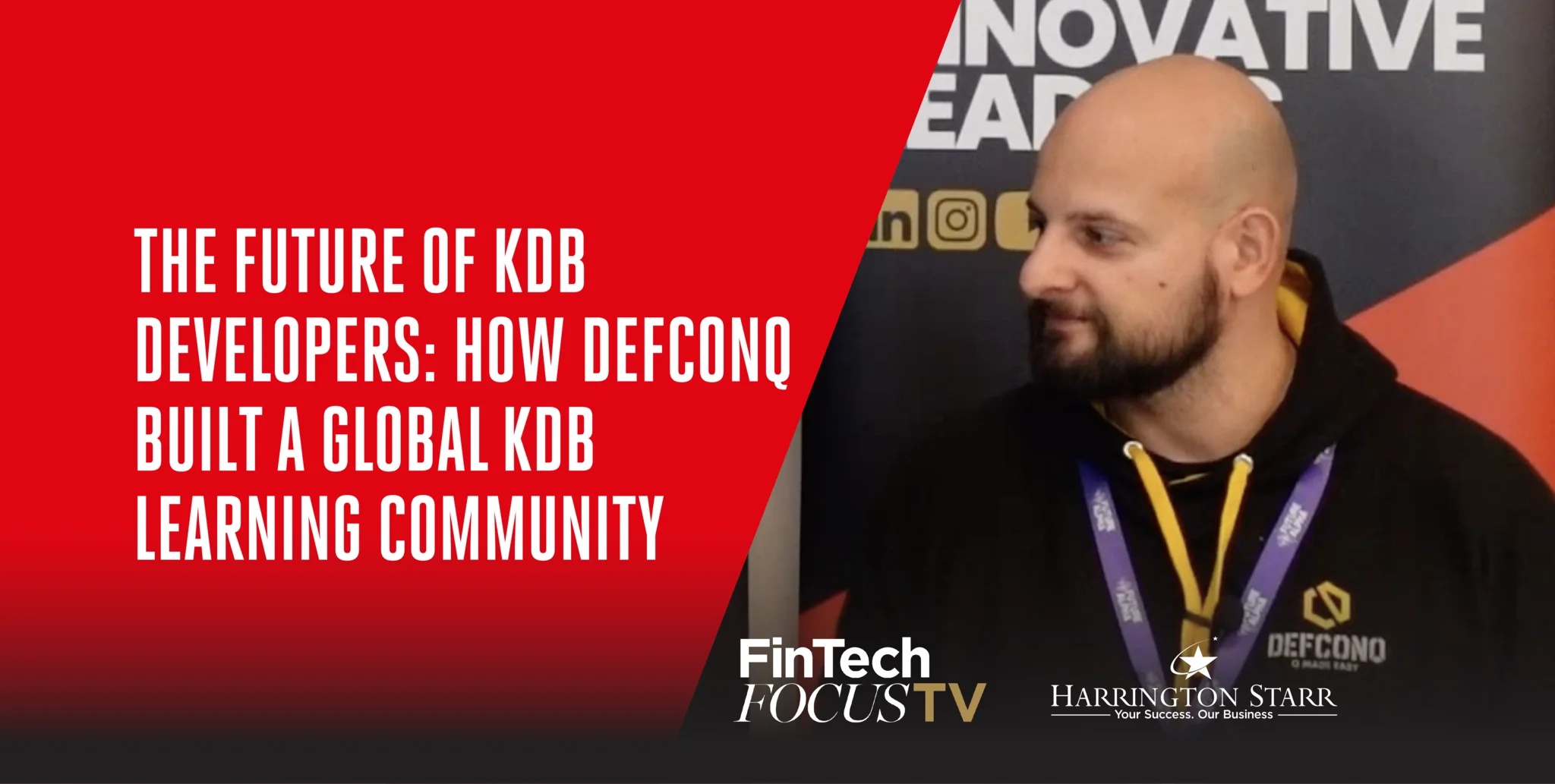To get the best talent in the door, we look for people who look different, who are different, the old CV approaches aren’t sufficient (were they ever?); instead use DEI attuned screening technology like that of Sigma Polaris. Be respectful of individuality, and be as awesome to your staff as you want to seem to your clients. It pays off, always.
This is where DEIB, D&I, or DEI comes in. Acronyms differ, but the intention stays the same.
Also, how do we carve out irregular holes for them to fit in, if previously we only had circles and triangles in the company?
However, this comes with two problems: How do we evaluate these new talents that either have a completely different background, or built their CVs with schools, processes, and titles in different cultures? They look different, and that makes it harder to find the best.
The solution is obvious, but very difficult to implement. We need to look broader when considering talent. We need to do what the trailblazers did, and open our doors to new and different faces. We need to consider the people with different and unusual backgrounds or look abroad for workers with all the similar and unique challenges that arises with that.
Take stage: the Reshufflers, international workers, and DEIB (diversity, equity, inclusion, and belonging).
Slowly, but surely, it has become apparent to most that relying on the old talent pool is unsustainable.
Yet, most companies observed increasingly fewer talent applying that fit their Required Skills and Experience. A staffing frenzy ensured, with wage inflation, continuous staffing shortage, and bidding wars on the applicants in the ever more competitive talent pool.
Several companies, in tech and beyond, recognised this as the opportunity it was: a chance to find brilliant people from other sectors who have the transferable skills, knowledge, and novel perspectives,to lead new bursts of innovation.
Either due to stagnating pay(a problem with increased cost of living), or looking to do something different and more exciting.
Then enters the Great Resignation. In early 2021, in the wake of COVID-19, employees across sectors, seniorities, and demographics resigned en masse.
We all know it, the staffing crisis in tech has been an issue since the 80s (arguably even earlier), and the severity has only increased as the technology has refused to slow down.
The technological revolution has moved at a breakneck speed, leaving the people in the know speechless; imagine if cars doubled their speed every year, or if generator’s energy efficiency increased by just 10%: there’d be no energy crisis. The only thing that has slowed down the revolution has been the lack of technologists at its forefront that are able to take advantage of the opportunities of evermore powerful hardware.
Intel’s founder, Gordon Moore observed that the number of transistors that can fit into a microchip doubles every 18-24months. Meaning, that the speed and storage capacity of our chips roughly doubles every two years. Remarkably, this has held true since the 1960s.
The Great Resignation – A Hidden Opportunity in FinTech
01 Mar, 20235 MinutesTo get the best talent in the door, we look for people who look different, who are different...






